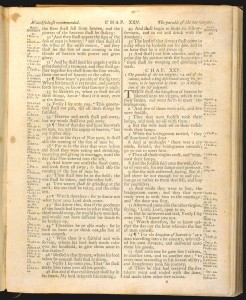Another way to improve your writing
Or at least make it more persuasive. I don’t think I have ever mentioned this technique, but I’ve known about it, and reading an article on the subject today reminded me that perhaps I should mention it. It doesn’t require knowledge of punctuation, how to spell, or use good grammar, either. Though you should certainly use all these skills. The technique is this:
Make your page look good.
The article I saw is a seven-page pdf titled The Debunking Handbook, by John Cook and Stephen Lewandowski, two Aussies who did some research on how to convince people that they were misinformed about something. This point, about the readability of the page, came out. It makes sense. People are less likely to read something if the page looks unreadable.
For example, a few years back I had a writing contract with a multinational bank. My first act was to reformat the documentation in their IT department. Immediately people decided the documentation was excellent, and I had changed hardly an actual word. Of course, I cleaned up the text too, eventually, but the change in appearance got my foot in the door so to speak.
For a counter-example, look at an old King James Bible. Two narrow columns fill each page from top to bottom. Narrow margins. Each verse starts a new line. No spacing between paragraphs; all dense text. Almost no white space. If it weren’t for the influence of Christianity itself, no one would read the book at all.
For technical documentation, I recommend the Midwestern style for page layout. San-serif headings, body text indented half an inch or so, in a font wider than Times New Roman, for goodness’ sake. There’s more to it than that, but you get a document with a relaxed, airy feel to it, room for notes, and you can skim for what’s there (both content and structure) because the headings are easy to see. I can’t show you an example from the bank because it’s all under a confidentially agreement, but if you’re really into it, email me and I can send you a couple-page sample of something else. If I get enough response, I’ll put up a series of posts about page layout. Then we can get back to grammar and punctuation.


Leave a Reply